For those who don’t live within sight of wildfires, they can seem a mystery. Appearing on newsfeeds a few times a year, spates seem to focus around school holidays. Generally, blame is attributed to teenagers with time on their hands and no respect for wildlife. But the reality is more complex.
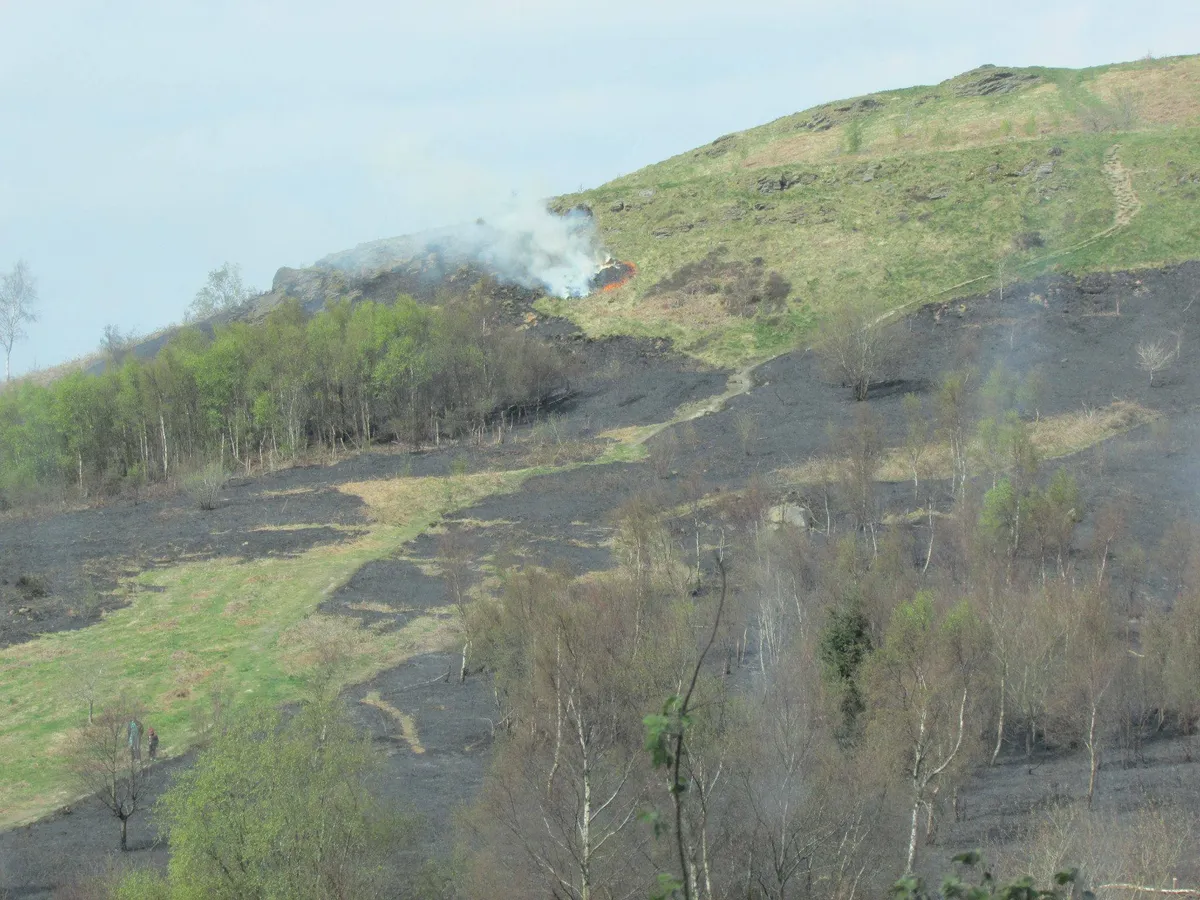
In Wales, news coverage highlights incidents occurring dangerously close to Valleys terraced homes. Former mining landscapes, ungrazed by the commoners whose livestock historically kept bracken growth in check, fuel the fires.
Smart phones and social media feed the appetite for more immediate and powerful images of flames licking the boundaries of family gardens, putting lives at risk.
Aside from the cost of tackling these blazes, and resources diverted from emergencies like traffic collisions and house fires, the damage to the natural habitat can be catastrophic.
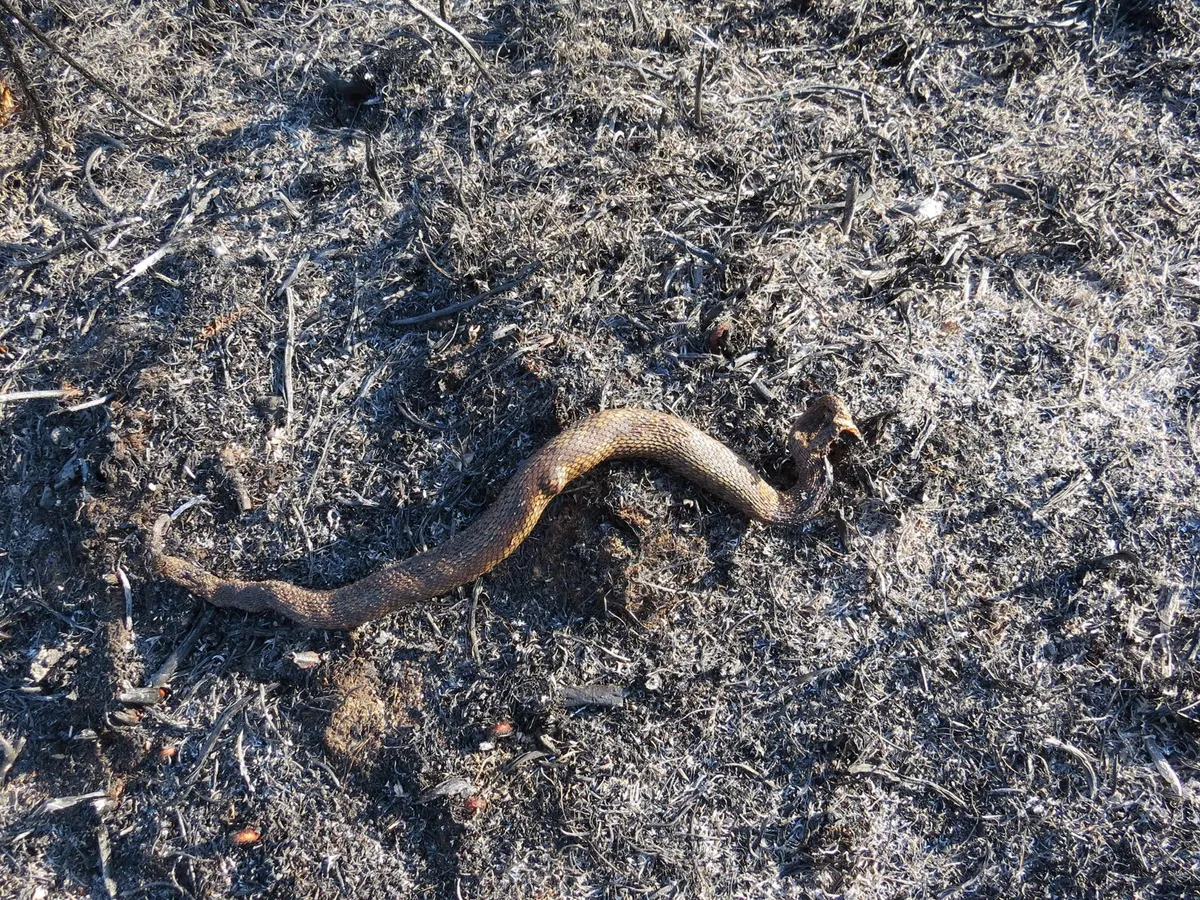
Accurate figures are hard to obtain, but after 2 deliberate wildfires ravaged 7 hectares at Coity Wallia Common in South Wales in 2015, the Wildlife Trust recorded 51 deceased animals, including six slow worms and two adders, and 85 nests destroyed.
Years of tackling wildfires on their patch (4,119 since 2015) led South Wales Fire and Rescue Service to focus on the root of the problem, understanding the mechanics of wildfires, and the rationale of those who start them.
Station Manager, Craig Hope is based in Rhondda Cynon Taff, a Valleys county which has seen over 1,100 deliberate wildfires since 2015. The phenomenon became a passion, which catapulted his career. He’s worked with firefighters in Europe and South Africa and he’s studying for an MA in the subject at Swansea University.
Craig is passionate “I was a firefighter, I’ll always be a firefighter, but I’m becoming far better at understanding the real root of the problem, and the real root of the problem is the vegetation on the mountains.”
The vegetation he refers to will vary depending on where in the UK you're looking at; in South Wales bracken is endemic, in the North of England the issue is heather, southern Ireland's woodlands are problematic. A few rain-free days in a row can leave last year's dead bracken tinder-dry, and vulnerable to fire. A spark can ignite an inferno.
Craig organised a symposium of international experts to share their experience of the causes of wildfire across Europe and discuss best practice in how to tackle them. Sometimes this literally involves fighting fire with fire. Controlling the direction of the blaze and creating firewalls, driving the flames to consume themselves. It’s impressive stuff.
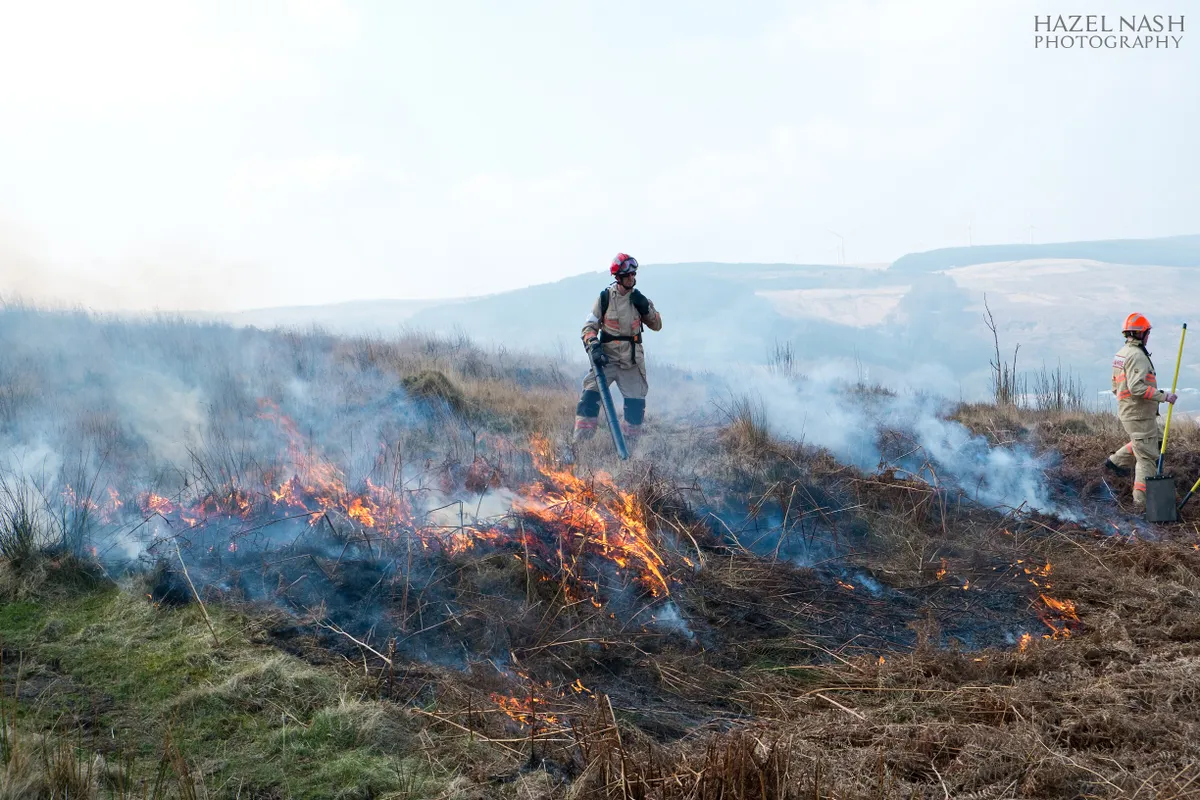
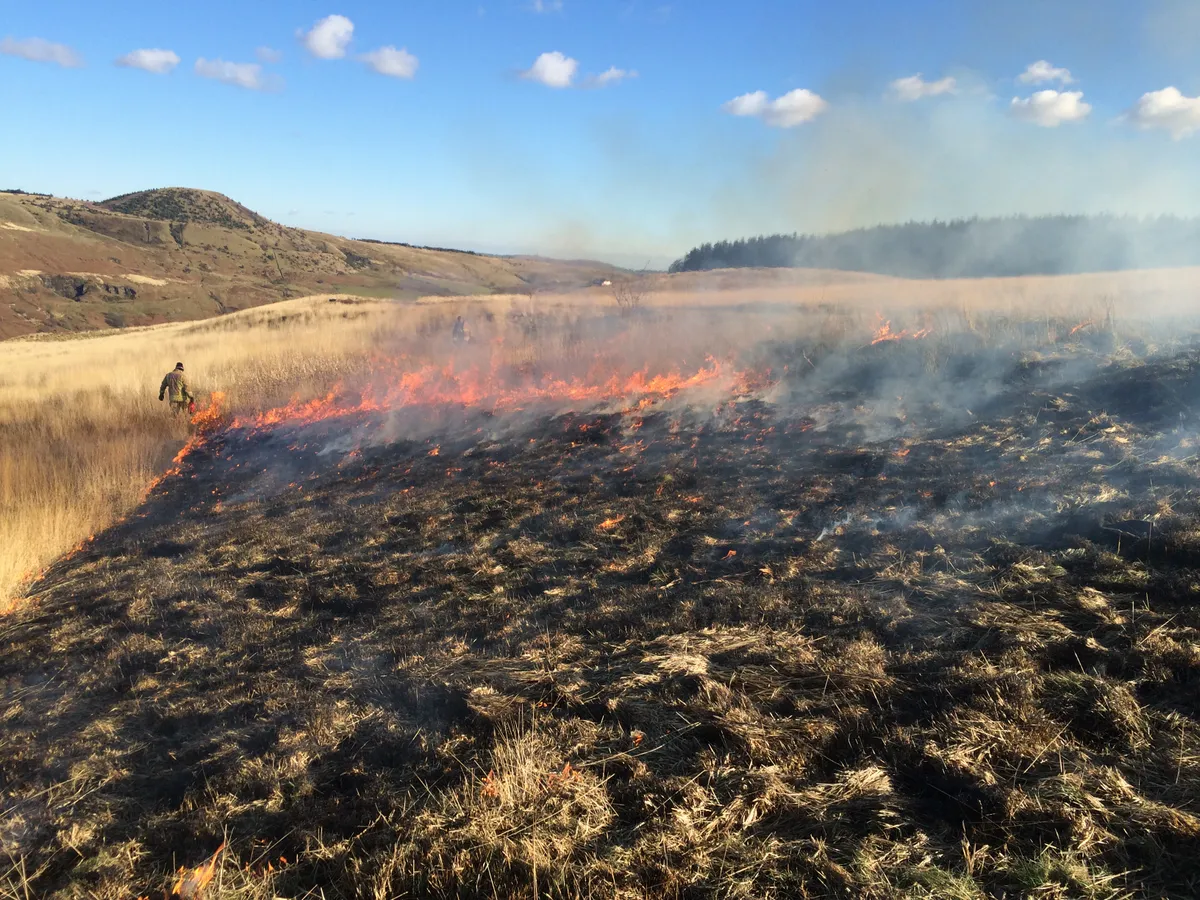
But why are the fires started in the first place, and who’s behind them? The answer’s complicated, and varies depending who you ask and where they operate. In South Wales, there’s an element of troublemakers setting fires for thrills. But there’s a more considered reason, where generations of land users have employed controlled burning during permitted seasons to manage grazing areas.
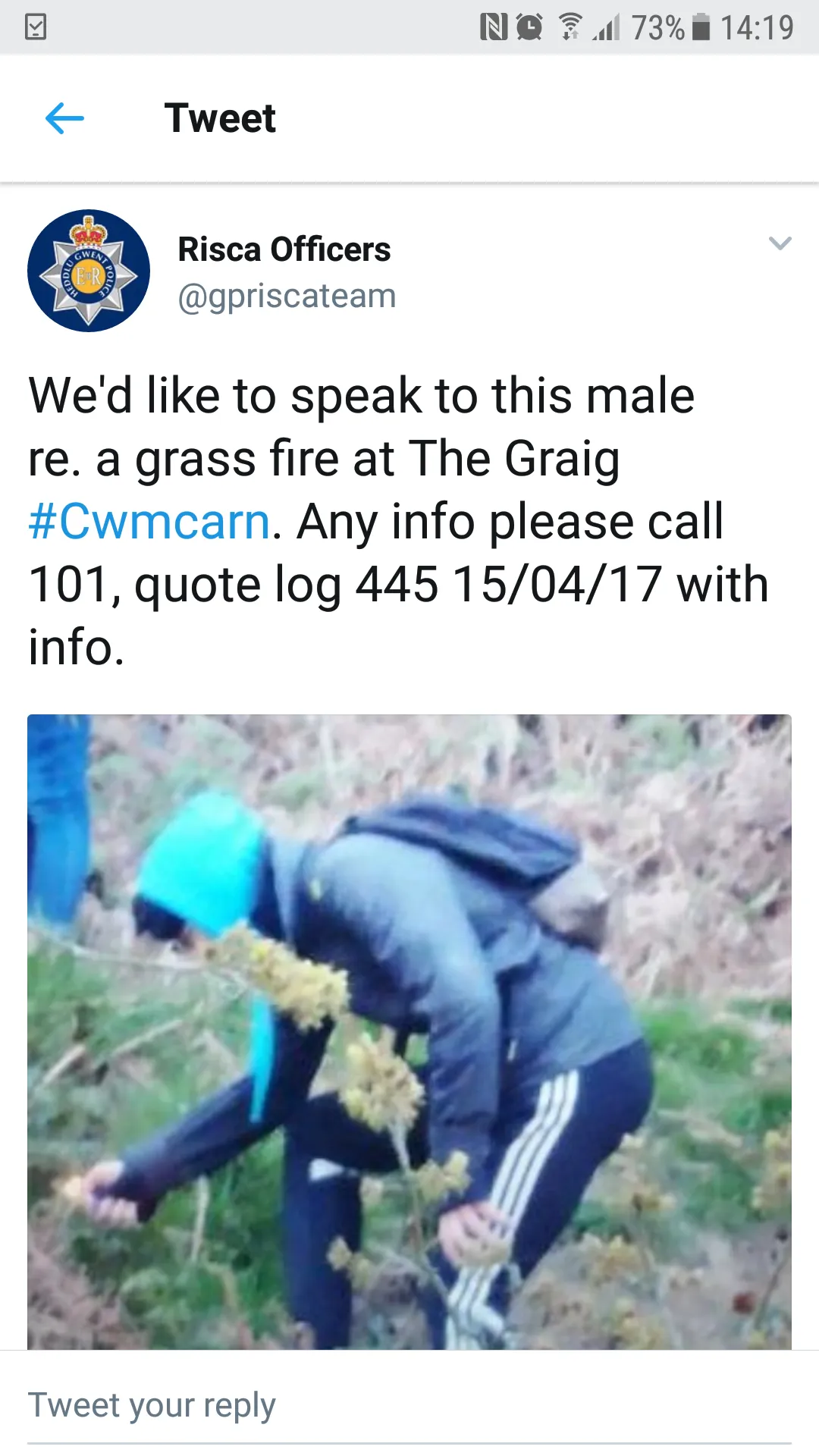
Paul Chapman, a Warden for Brecon Beacons National Park says, “Uncontrolled fires are usually caused by failed land management techniques. People setting fire to land that they’ve historically burned, just to clear the land and make better grazing.”
Those uncontrolled fires cause a massive headache for Welsh Water, who get about 50% of the drinking water they supply from the catchment area in the Beacons.
A spokesperson said, "Wildfires can potentially cause increased levels of organic carbon, nitrates and surface run-off in raw water before it reaches our water treatment works.” The water is treated to ensure quality, but there’s a financial and environmental cost to that. Welsh Water are working with Swansea University to assess the effect of wildfires on water supply.
It isn’t just a Welsh problem. Bruce Hardy is the lead wildfire trainer for Northumberland Fire and Rescue Service. In his area, it’s gamekeepers maintaining suitable habitats for grouse that cause his colleagues sleepless nights. Historically they have burnt heather to create a patchwork of feed and shelter plants. According to Bruce, they are “either going out with not enough or the proper resources in order to light these fires and extinguishing them, or not getting a weather forecast before they go out burning, or an unpredicted change in the weather, especially wind, and that’s our number one cause of wildfires in the county.”
Ciaran Nugent is a Farm Management and Forest Engineer for the Irish Forest Service, where the authorities have started withholding payments to landowners where wildfires have occurred. “It’s a controversial thing to do, farmers and landowners don’t like it,” Ciaran admits, “At a local level it’s the responsibility of those communities to influence the behaviour within their own communities. It’s a brutal instrument in some respects, but at the same time we think it is an appropriate way of approaching this problem.”
Mainland Europe has seen hundreds of human fatalities in the last decade due to wildfires. Juan Caamaño Azcarate represents the Pau Costa Foundation, set up to raise awareness of fire ecology and management.
For Juan, the solution lies in the hands of people living in the path of the wildfires, “People used to live off the land. We had a lot of goats, cows. We farmed around the towns, all that made a resilient landscape to big wildfires. What we’re trying to make society understand is, if you buy the cheese from the goats that eat that [vegetation on the mountainside], you are improving our landscape. So you are responsible for how the landscape will look in the future.”
It’s a timely message and one Craig is keen to spread: “It’s working with our partners, educating, reintroducing grazing animals.” He says, “We’re doing land management activities with a number of partners, Natural Resources Wales, a wildlife group, the police are involved and local authorities, and making them more public spaces - greening them, some we’re going to put cattle on to and just trying something different.”
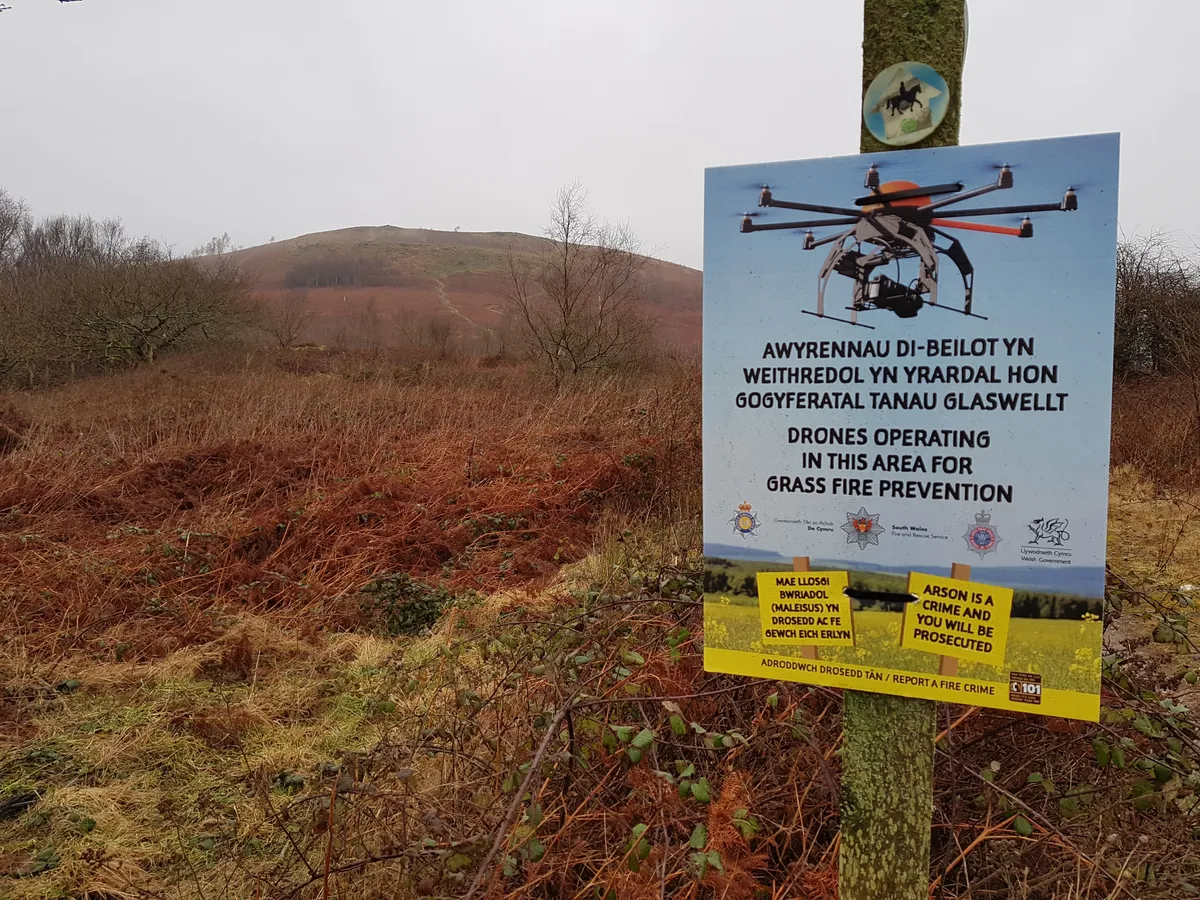
Managing vegetation growth is key to tackling wildfires, and has become as much a priority to the firefighters as innovative techniques like drone technology to gather evidence of deliberate fires and educating teenagers about the antisocial impact of starting the blazes. It’s a battle Craig and his colleagues are determined to win.
What to do if you spot a wildfire
Advice from Rob Gazzard - Adviser, Technical Guidance, Contingency Planning and Wildfire Subject Matter Advisor - Forestry Commission England
1. First thing is to get to a place of safety.
2. Next to call 999 and request fire and rescue service giving them details of what has occurred and where the fire is. Use common terms to describe the location and if possible provide information about a suitable entrance point.
3. Meet the fire and rescue service at the prearranged gate or entrance point so you can direct them to the fire and make themselves available so they can provide them with details in the person
4. Return to a place of safety and if requested be available to help with further questions.